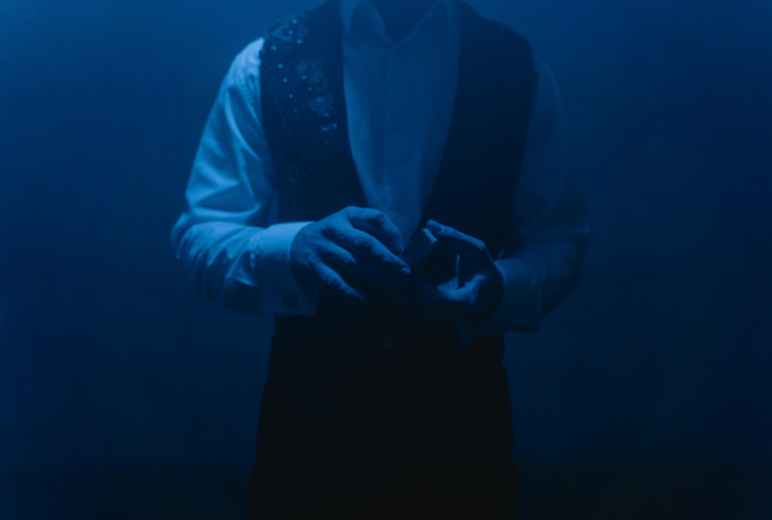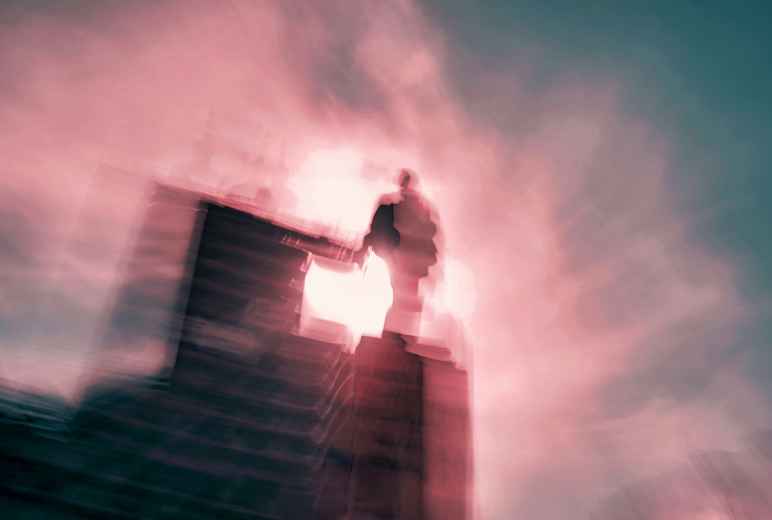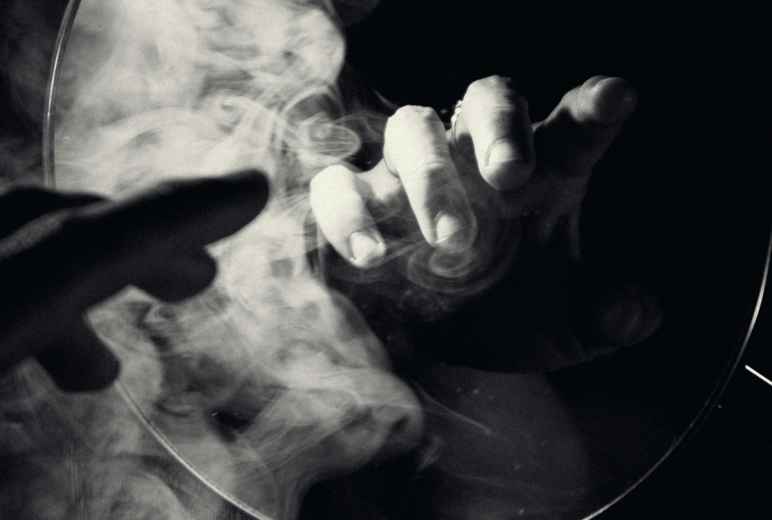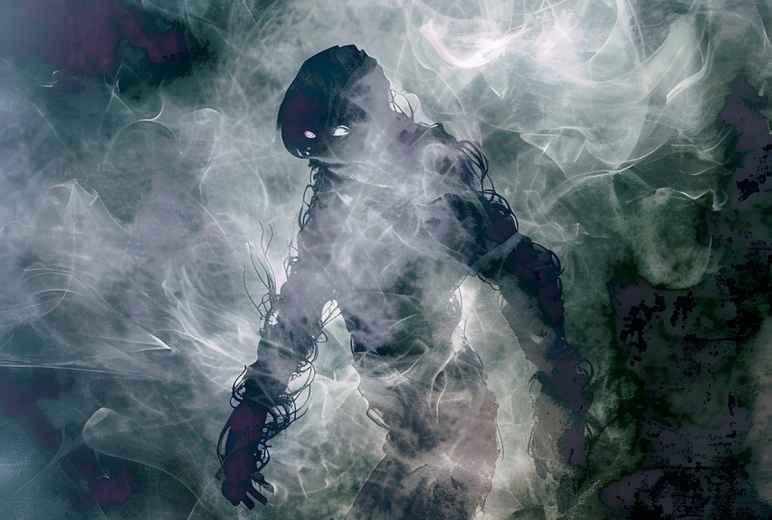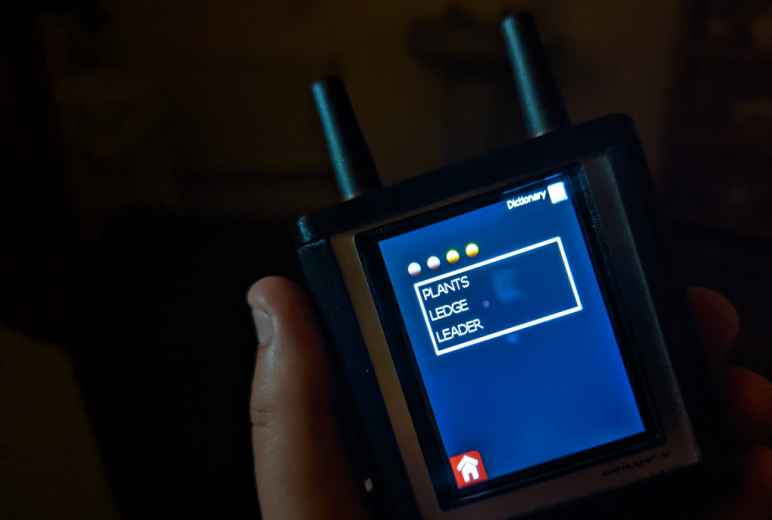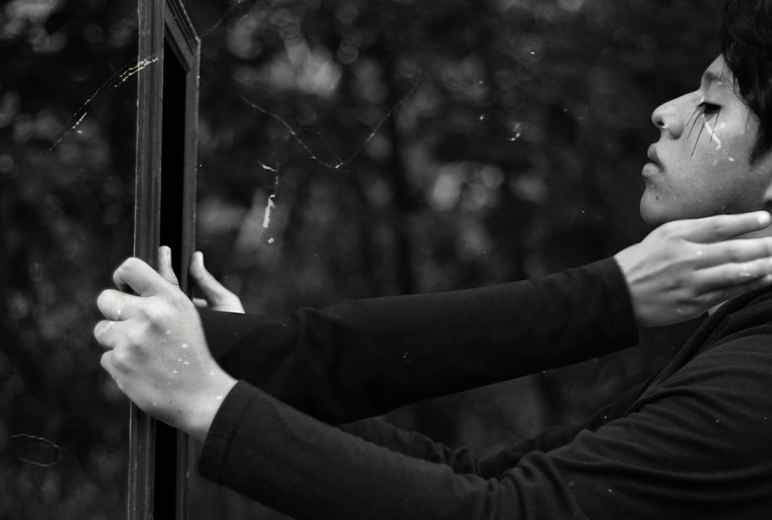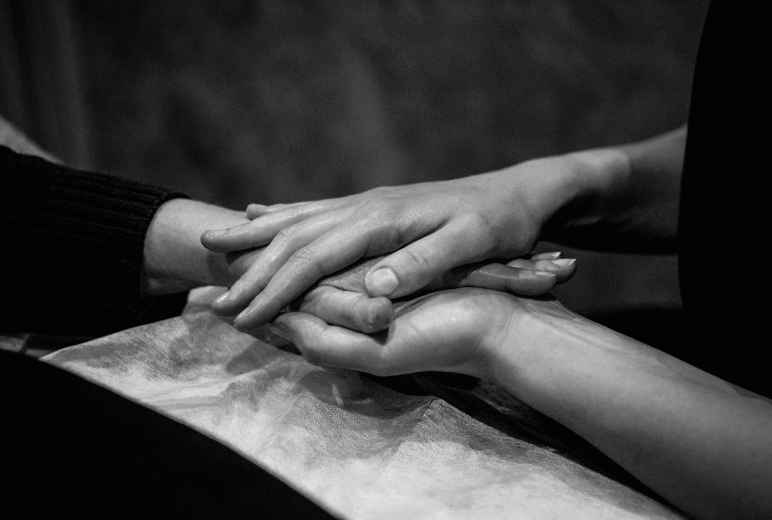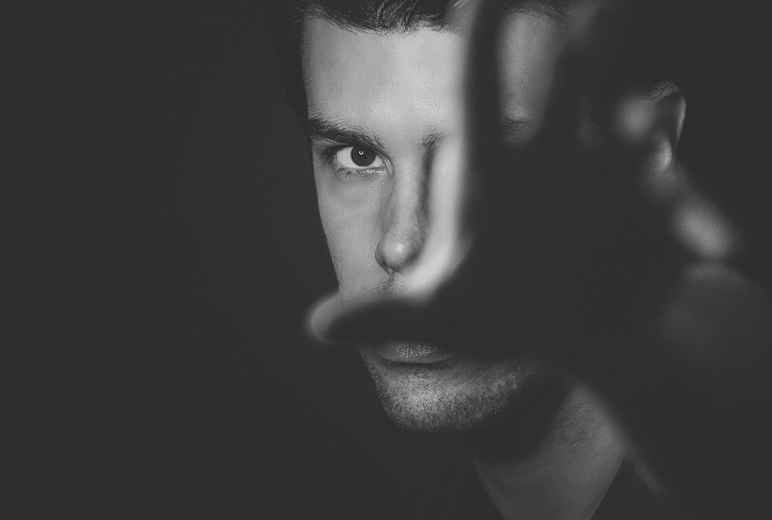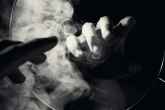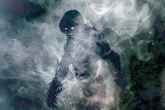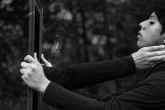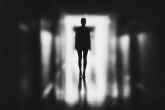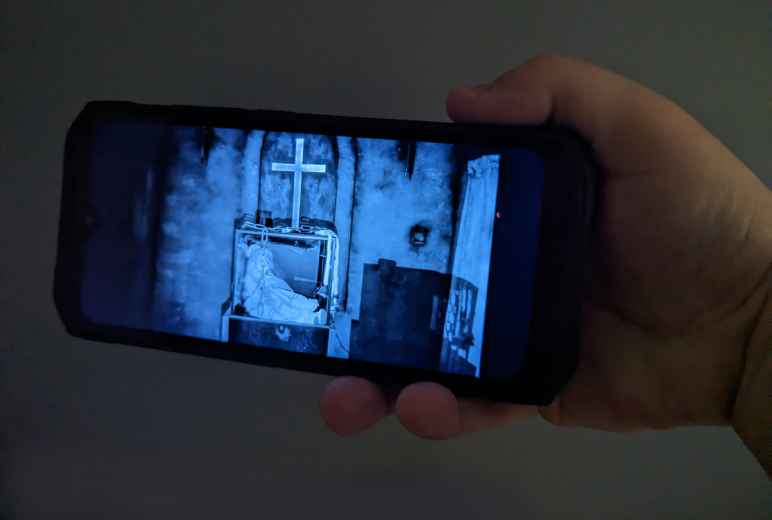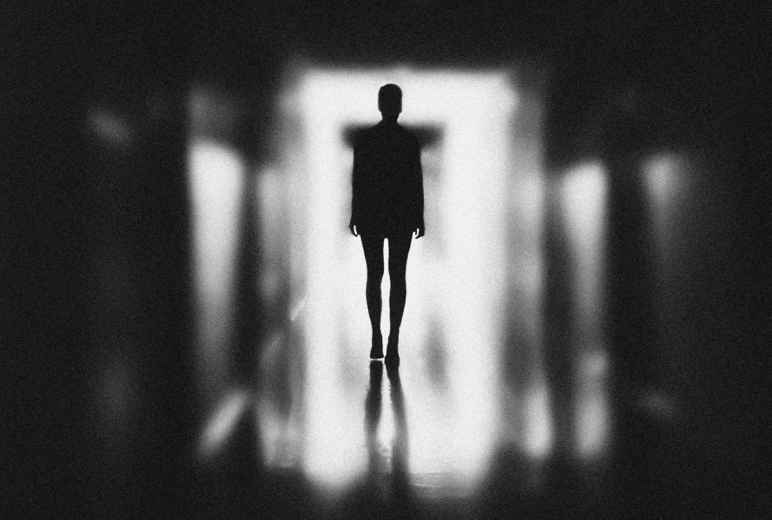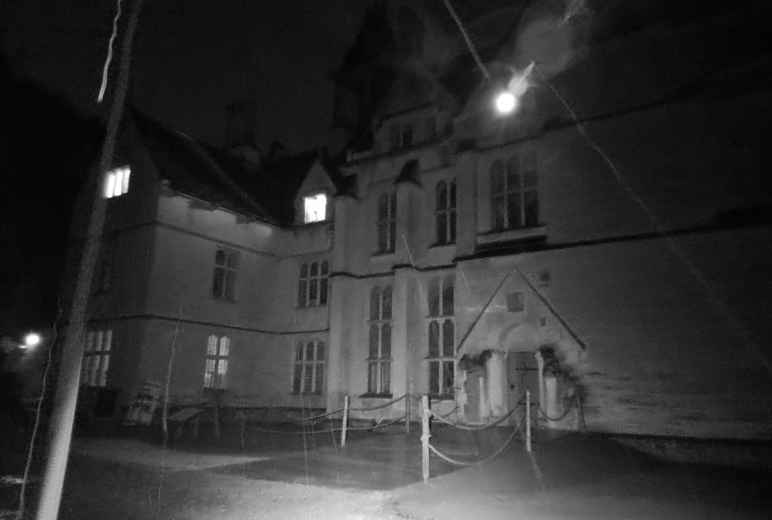The Fae In Folklore & Paranormal Investigations
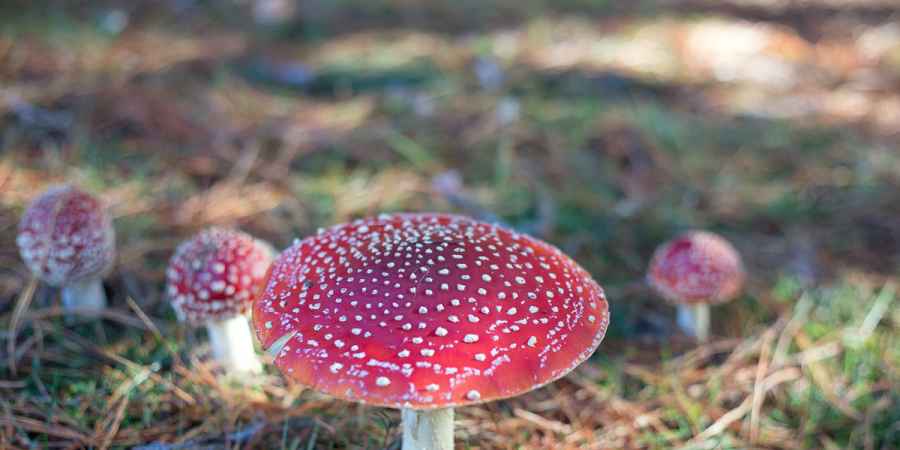
Photo: © Samantha Lachs
The term "fae" broadly refers to a category of supernatural beings that are typically depicted as small, human-like creatures with magical powers and a connection to nature. In the paranormal field, they are considered to be entities that are not on the religious spectrum, like demons and angels, and have their own set of rules and behaviours. Although paranormal investigations generally focus on the spirits of the deceased, there's an increasing recognition of the fae's role within the paranormal world.
The fae encompass a wide range of supernatural beings, from the mischievous to the malevolent, that are often associated with folklore and mythology. They are often described as guardians of forests, rivers, mountains, and meadows, embodying the essence of these places. Their appearances can vary widely, from the ethereal beauty of nymphs and certain fairies, which can sometimes reflect the serenity of the landscapes they protect, to the more peculiar or even unsettling forms of goblins and trolls, which may mirror the wild, untamed aspects of nature.
The fae are frequently attributed with a range of supernatural powers that allow them to protect their domains. These include the ability to shape-shift, cast illusions, and control natural forces.
Imps and fairies are just two of the many entities that are considered to be part of the fae realm. The full list can vary depending on the culture and tradition, but some of the most common include pixies, leprechauns, elves, gnomes, sprites, brownies, and nymphs. Each of these beings carries its own unique lore, characteristics, and ways of interacting with the human world.
The concept of the fae as we know it today is based on a mix of traditions and folklore from across the world. In Europe, the fae are deeply rooted in Celtic and Norse mythology, with each culture adding its own characters and stories. The Celts, for instance, believed in the Tuatha Dé Danann, a race of supernaturally gifted beings who were later mythologized as fairies. The Norse contributed with beings like the light elves and dark elves, called Ljósálfar and Dökkálfar respectively.
In the British Isles, each region historically had its own tales of encounters with these beings. For example, the Scottish Highlands are rich with tales of the Aos Sí, supernatural beings who live in the hills and are known for their music and dance. Stories of sprites and pixies were especially common in regions like Cornwall and Devon in England. And, of course, leprechauns are an important part of Irish folklore.
In Native American traditions, there are stories of little people who interact with the natural world in ways reminiscent of European fairies. The Cherokee, for instance, speak of the Yunwi Tsunsdi, small beings who are guardians of the forest and can either help or hinder humans, depending on how they are treated.
In Africa, the Yoruba people of Nigeria tell of the Iwin, spirits that can bring fortune or misfortune to humans. Asian cultures also have their own versions of fairy-like entities. In Japan, the Yokai encompass a wide range of spirits and demons, some of which share characteristics with Western fairies. The Kodama, or spirits of the trees, are considered protectors of the forest and are respected for their connection to nature.
Ghost hunters typically focus on the spirits of the deceased and hauntings, but the fae are also sometimes the subject of investigations. Unlike traditional ghost hunting, which often revolves around locations with a history of death, tragedy, or unexplained phenomena, encounters with the fae are more closely associated with natural settings and ancient sites. Forests, meadows, stone circles, and old gardens are typical places where the fae are said to dwell or visit.
Fairy, Ghost, Elemental Or Cyptid?
Some paranormal investigators think that the fae can influence, cause, or be mistaken for ghostly phenomena, but if traditional paranormal phenomena and fae phenomena can be so similar, then how can a researcher tell them apart? While both fae and ghosts are part of the broader paranormal and supernatural landscape, their behaviours and interactions with humans have distinct features that can help differentiate experiences with them.
Encounters with ghosts are often manifested through auditory, visual, or sensory phenomena such as unexplained sounds, apparitions, or a sudden drop in temperature. These manifestations are often tied to their life stories or the circumstances of their deaths. They may appear in period clothing, engage in repetitive behaviours, or communicate messages related to their lives or unfinished business.
Encounters with fae, on the other hand, are not bound by human histories or personal tragedies but are considered part of the living tapestry of nature. They may appear more whimsical or otherworldly, with characteristics that blend human and natural elements like wings, pointed ears, or ethereal beauty. Encounters with fae are less likely to revolve around the communication of specific messages and more about the experience of wonder, enchantment, or the negotiation of respect and boundaries between humans and the fae realm.
Interactions with fae may include enchanting or bewildering experiences, such as time distortions, seeing flickering lights, or hearing mesmerising music. This can leave those who encounter them feeling bewildered, charmed, or, in some cases, concerned by the trickery or demands of the fae.
Where things get a little more complicated is when we consider that the fae aren't just similar to ghosts but also other supernatural entities such as elementals and cryptids.
The fae, with their close ties to nature, have a lot in common with elementals, which are considered to be entities that are associated with the four elements of earth, air, fire, and water. The difference between the two is that elementals are said to be more primal and less anthropomorphic than faes.
Cryptids are also similar to the fae, with both exploring beings that exist on the fringes of scientific understanding. Cryptids fall into the realm of cryptozoology, the study of animals that are reported or rumoured to exist based on anecdotal evidence, folklore, or other non-verified sources but that have not been recognised by conventional science. This includes cryptids like Bigfoot, the Loch Ness Monster, and the Chupacabra.
The biggest distinction between the fae and cryptids is how they are researched. Cryptozoologists' research aims to collect tangible evidence of these creatures' existence, such as physical traces, photographic proof, and eyewitness accounts, often employing scientific methods and technologies to document their findings. In contrast, investigations into the fae, much like those into ghosts, tend to rely on observations of environmental anomalies and personal experiences, especially in natural settings.
If faes aren't the spirits of the dead, demons, elementals, or cryptozoological creatures, then what exactly are they and where did they come from? Some believe that faes are interdimensional beings capable of moving between their realm and ours. Others think that they might be spiritual entities that can only be perceived or communicated with by people with heightened psychic sensitivity or spiritual awareness.
The fae are a diverse and complex group of entities defined by their connection to the natural world, their unique powers and realms, and their nuanced interactions with humans. These characteristics not only distinguish them from other supernatural beings but also highlight the folklore and mythology that surround these enchanting creatures.
More Essential Parapsychology View All
Related Content
Daily Horoscopes
You May Also Like
